Group Acupuncture
How to submit an article:
- Registered users can submit any published journal article that has a unique DOI (Digital Object Identifier) name or link to Research Hub.
- For example, you can paste the full DOI link:
https://doi.org/10.1109/5.771073or just the DOI name:10.1109/5.771073into the field above and click submit. - The person who is first to submit a valid article to Research Hub will forever be credited for it, and every article submission earns you +6 Research Points.
Also known as: Community Acupuncture
Related Topics
Published research studies are articles that present the findings of original research that has undergone a peer-review process and has been made publicly available in scholarly journals, books or other media.
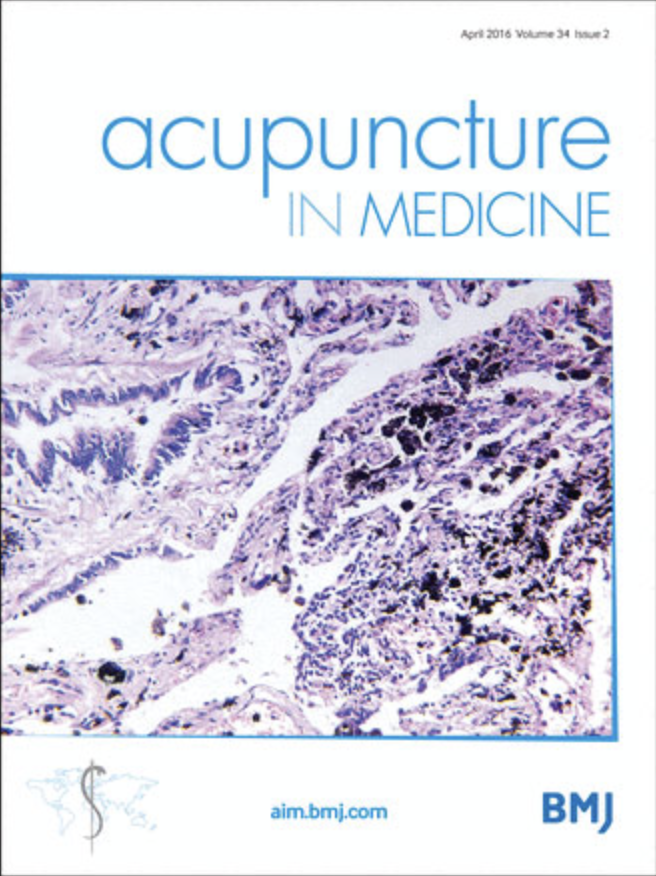
Tackling health inequity: a commentary on the potential of acupuncture to improve health outcomes of marginalised populations
2020 Dec 06 Acupuncture in Medicine Baker K, McDonald J, Steel A
Evidence suggests that the sociodemographic profile of acupuncture users is diverse and acupuncture therapy holds potential value in the treatment of marginalised populations. Further research that investigates reframing and expanding the scope of practice for acupuncture is timely and may contribute to tackling health inequity
Group Acupuncture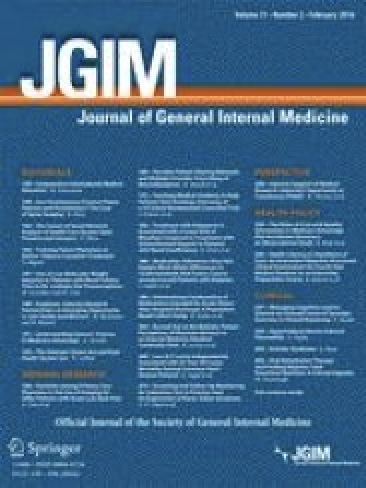
Individual vs. Group Delivery of Acupuncture Therapy for Chronic Musculoskeletal Pain in Urban Primary Care—a Randomized Trial
2020 Feb 19 Journal of General Internal Medicine McKee MD, Nielsen A, Anderson B, Chuang E, Connolly M, Gao Q, et al.
Randomised Controlled Trial Group AcupunctureBoth individual and group acupuncture therapy delivered in primary care settings reduced chronic pain and improved physical function at 12 weeks.

Group versus Individual Acupuncture (AP) for Cancer Pain: A Randomized Noninferiority Trial
2020 Jan 13 Evidence-Based Complementary and Alternative Medicine Erica Nicole Reed, Jessa Landmann, Devesh Oberoi, Katherine-Ann L. Piedalue, Peter Faris, Linda E. Carlson
Randomised Controlled TrialGroup acupuncture was noninferior to individual acupuncture for treating cancer pain and was superior in many health outcomes. Group acupuncture is more cost-effective for alleviating cancer pain and should be considered for implementation trials.
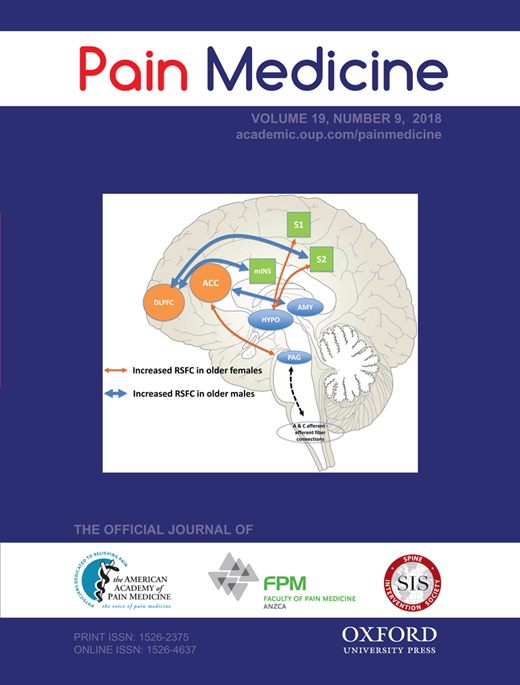
Acupuncture Therapy in a Group Setting for Chronic Pain
2018 Feb Pain Medicine Benjamin Kligler, Arya Nielsen, Corinne Kohrherr, , Tracy Schmid, Eve Waltermaurer, et al.
Group AcupunctureAcupuncture therapy offered in the group setting was effective in reducing pain severity, pain interference, and depression in patients with chronic neck, back, or shoulder pain or osteoarthritis.

Randomized Controlled Trial of Acupuncture for Women with Fibromyalgia: Group Acupuncture with Traditional Chinese Medicine Diagnosis-Based Point Selection
2018 Jan 13 Pain Medicine Scott D Mist, Kim Dupree Jones
Compared with education, group acupuncture improved global symptom impact, pain, and fatigue. Furthermore, it was a safe and well-tolerated treatment option, improving a broader proportion of patients than current pharmaceutical options.
Randomised Controlled TrialResearch insights are moderated by the Research Hub team and offer an at-a-glance overview of interesting research findings.

2020 Journal of General Internal Medicine
Both individual and group acupuncture therapy delivered in primary care settings reduced chronic pain and improved physical function at 12 weeks.
Randomised Controlled Trial
Individual vs. Group Delivery of Acupuncture Therapy for Chronic Musculoskeletal Pain in Urban Primary Care—a Randomized Trial
McKee MD, Nielsen A, Anderson B, Chuang E, Connolly M, Gao Q, et al.

2020 Evidence-Based Complementary and Alternative Medicine
Group acupuncture was noninferior to individual acupuncture for treating cancer pain and was superior in many health outcomes. Group acupuncture is more cost-effective for alleviating cancer pain and should be considered for implementation trials.
Randomised Controlled Trial
Group versus Individual Acupuncture (AP) for Cancer Pain: A Randomized Noninferiority Trial
Erica Nicole Reed, Jessa Landmann, Devesh Oberoi, Katherine-Ann L. Piedalue, Peter Faris, Linda E. Carlson

2018 Pain Medicine
Acupuncture therapy offered in the group setting was effective in reducing pain severity, pain interference, and depression in patients with chronic neck, back, or shoulder pain or osteoarthritis.
Acupuncture Therapy in a Group Setting for Chronic Pain
Benjamin Kligler, Arya Nielsen, Corinne Kohrherr, , Tracy Schmid, Eve Waltermaurer, et al.
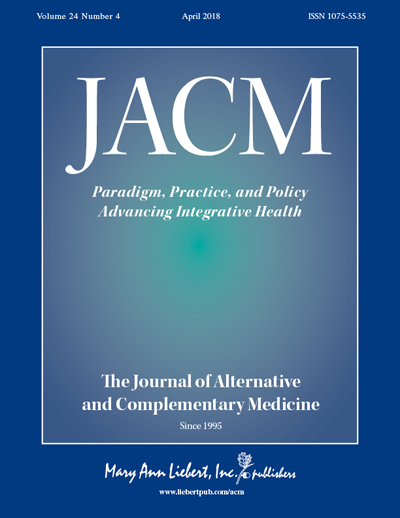
2018 The Journal of Alternative and Complementary Medicine
Patients in both group and individual acupuncture study arms valued the pain relief, improved quality of life, and relaxation experienced during acupuncture.
Systematic Review
"It's Better in a Group Anyway": Patient Experiences of Group and Individual Acupuncture
Chuang, E., Hashai, N., Buonora, M., et al.
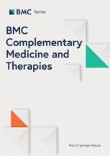
2013 BMC Complementary Medicine and Therapies
Our findings suggest that the group setting, community-based locations, and low cost of this model do not compromise quality of care, and potentially reduce access barriers for those who might not otherwise consider acupuncture.
Patient perspectives on care received at community acupuncture clinics: a qualitative thematic analysis
Tippens KM, Chao MT, Connelly E, Locke A.
Review Articles
Review articles summarise and critically evaluate the current state of research on a specific topic or field by synthesising multiple primary research studies.
Clinical Trials
Clinical trials are research studies that involve people and are conducted to evaluate the safety and efficacy of new treatments or interventions, such as drugs, medical devices, or behavioural therapies.

Individual vs. Group Delivery of Acupuncture Therapy for Chronic Musculoskeletal Pain in Urban Primary Care—a Randomized Trial
2020 Feb 19 Journal of General Internal Medicine McKee MD, Nielsen A, Anderson B, Chuang E, Connolly M, Gao Q, et al.
Randomised Controlled Trial Group AcupunctureBoth individual and group acupuncture therapy delivered in primary care settings reduced chronic pain and improved physical function at 12 weeks.

Group versus Individual Acupuncture (AP) for Cancer Pain: A Randomized Noninferiority Trial
2020 Jan 13 Evidence-Based Complementary and Alternative Medicine Erica Nicole Reed, Jessa Landmann, Devesh Oberoi, Katherine-Ann L. Piedalue, Peter Faris, Linda E. Carlson
Randomised Controlled TrialGroup acupuncture was noninferior to individual acupuncture for treating cancer pain and was superior in many health outcomes. Group acupuncture is more cost-effective for alleviating cancer pain and should be considered for implementation trials.

Randomized Controlled Trial of Acupuncture for Women with Fibromyalgia: Group Acupuncture with Traditional Chinese Medicine Diagnosis-Based Point Selection
2018 Jan 13 Pain Medicine Scott D Mist, Kim Dupree Jones
Compared with education, group acupuncture improved global symptom impact, pain, and fatigue. Furthermore, it was a safe and well-tolerated treatment option, improving a broader proportion of patients than current pharmaceutical options.
Randomised Controlled TrialStudy Protocols
Published study protocols are detailed plans that outline the objectives, methodology, statistical analyses, and organisation of a research study that have been made publicly available for others to review and use as a reference.
Presentation Slides

Randomised Controlled Trial
Both individual and group acupuncture therapy delivered in primary care settings reduced chronic pain and improved physical function at 12 weeks.
McKee MD, Nielsen A, Anderson B, Chuang E, Connolly M, Gao Q, Gil EN, Lechuga C, Kim M, Naqvi H, Kligler B

Randomised Controlled Trial
Group acupuncture was noninferior to individual acupuncture for treating cancer pain and was superior in many health outcomes. Group acupuncture is more cost-effective for alleviating cancer pain and should be considered for implementation trials.
Erica Nicole Reed, Jessa Landmann, Devesh Oberoi, Katherine-Ann L. Piedalue, Peter Faris, Linda E. Carlson

Acupuncture therapy offered in the group setting was effective in reducing pain severity, pain interference, and depression in patients with chronic neck, back, or shoulder pain or osteoarthritis.
Benjamin Kligler, Arya Nielsen, Corinne Kohrherr,, Tracy Schmid, Eve Waltermaurer, Elidania Perez, Woodson Merrell

Systematic Review
Patients in both group and individual acupuncture study arms valued the pain relief, improved quality of life, and relaxation experienced during acupuncture.
Chuang, E., Hashai, N., Buonora, M., Gabison, J., Kligler, B., & McKee

Our findings suggest that the group setting, community-based locations, and low cost of this model do not compromise quality of care, and potentially reduce access barriers for those who might not otherwise consider acupuncture.
Tippens KM, Chao MT, Connelly E, Locke A.
Executive Summary
Write an executive summary in the form of a blog article on the topic of "Research into Chinese medicine treatment for Group Acupuncture" summarising the research below and using language that can be easily understood by patients and avoiding medical jargon using a professional and caring tone of voice.
Write an executive summary in the form of a blog article on the topic of "Researched Chinese medicine treatments for Group Acupuncture" summarising the research below in an objective and easy to understand way, and using language that can be easily understood by patients. Group the article into Chinese medicine treatments first, followed by nutrition and other treatments. Avoid using medical jargon and use a professional and caring tone of voice.
Write me a concise but easy to understand executive summary on the topic of "Chinese medicine treatments for Group Acupuncture" based on the following research that I will give you. Your summary should be 2 paragraphs long in Australian English spelling and include references to the studies.
A Randomised Controlled Trial published in 2020 in the journal Journal of General Internal Medicine found that Both individual and group acupuncture therapy delivered in primary care settings reduced chronic pain and improved physical function at 12 weeks. Our results demonstrate that individual and group acupuncture can be offered safely in the community health center setting, that acceptability to patients and clinicians is very high, and that a substantial proportion of patients with chronic pain will have clinically significant improvement in both pain and overall physical health. Based on these results, acupuncture therapy should be offered as part of pain care to underserved populations in the primary care setting. Non-inferiority of group treatment was not demonstrated, suggesting that further research is needed on the optimal strategy for delivering group acupuncture in this context to consider it as effective as individual treatment.
A Randomised Controlled Trial published in 2020 in the journal Evidence-Based Complementary and Alternative Medicine found that Group acupuncture was noninferior to individual acupuncture for treating cancer pain and was superior in many health outcomes. Group acupuncture is more cost-effective for alleviating cancer pain and should be considered for implementation trials. Biweekly acupuncture therapy offered in the group setting for 6 weeks, delivered for half the cost of individual acupuncture, was as effective as individual acupuncture for reducing cancer-related pain interference and severity and was superior to individual acupuncture in improving sleep quality, fatigue, and psychological distress. Group acupuncture may be an effective treatment option for patients who may otherwise be unable to afford it due to relatively high costs and the lack of universal coverage for acupuncture treatment. Where possible, cancer centers and practitioners should consider offering acupuncture in group-based settings, rather than individually, for routine cancer pain treatments as a more cost-effective delivery model.
A published in 2018 in the journal Pain Medicine found that Acupuncture therapy offered in the group setting was effective in reducing pain severity, pain interference, and depression in patients with chronic neck, back, or shoulder pain or osteoarthritis. Subjects received eight weekly acupuncture therapy sessions in a group setting. Acupuncture therapy included a combination of palpation, acupuncture needling, Tui na, Gua sha, and auricular treatment. Baseline pain levels were established in a two- to four-week run-in; assessment of the intervention impact on pain intensity, mood, and functional status were made at the end of the treatment period (eight weeks) and 16 weeks after completion of intervention (24 weeks). Of the total 113 participants recruited for the trial, 96 completed the 24-week protocol. We found a statistically and clinically significant decrease in pain severity, pain interference, and depression in our study population. There were no serious adverse events. Acupuncture therapy offered in the group setting was effective in reducing pain severity, pain interference, and depression in patients with chronic neck, back, or shoulder pain or osteoarthritis. Benefit persisted through the 24-week measure despite no additional treatment. This finding has potentially important implications for improving access to effective acupuncture treatment for patients with limited financial resources.
A Systematic Review published in 2018 in the journal The Journal of Alternative and Complementary Medicine found that Patients in both group and individual acupuncture study arms valued the pain relief, improved quality of life, and relaxation experienced during acupuncture. Group acupuncture can decrease cost and increase capacity by decreasing clinic space needs and increasing patient volume per acupuncturist; however, the effectiveness and patient acceptability of group and individual session acupuncture have never been directly compared. Patients in both study arms valued the pain relief, improved quality of life, and relaxation experienced during acupuncture. Privacy and mixed-sex groups were cited as a concern by a minority of patients; however, most of those randomized to the group setting noted that these concerns abated after initiating treatment. Differences between arms included the depth of the relationship with the acupuncturist and misgivings related to the treatment space. Group dynamics varied; some groups fostered a supportive, therapeutic interaction, while others were more reserved.
A published in 2013 in the journal BMC Complementary Medicine and Therapies found that Our findings suggest that the group setting, community-based locations, and low cost of this model do not compromise quality of care, and potentially reduce access barriers for those who might not otherwise consider acupuncture. In this study, Portland community acupuncture patients perceive their care as high quality. Themes that emerged from these analyses highlight how the community acupuncture model facilitates access to acupuncture. Patients mentioned the facilities and material resources that support the provision of care, such as aspects of the physical setting and relaxing atmosphere. Patients identified both technical and interpersonal processes of care received at WCA that support patient engagement. They described their processes for accessing care as empowering, allowing them to exercise control over when and how they are treated. Our findings suggest that the group setting, community-based locations, and low cost of this model do not compromise quality of care, and potentially reduce access barriers for those who might not otherwise consider acupuncture. In addition, the community acupuncture model may offer individuals the opportunity for increased frequency of treatments, which raises pertinent questions about the dose–response relationship of acupuncture and health outcomes. Further work is needed to examine aspects of access, costs, and quality of care with larger, more representative samples of community acupuncture patients from multiple clinics. Future studies should also include the perspectives and experiences of patients who initiated, and subsequently, terminated treatment through community acupuncture clinics due to dissatisfaction.
Moderation Tools
Topic
Sign In
Users not signed in are limited to viewing the 5 most recent items of content.
"Pain is a primary symptom that prompts health care seeking including for care by acupuncturists."- could add this for SM platforms. - Non-randomised controlled trial — 19 Mar 2021